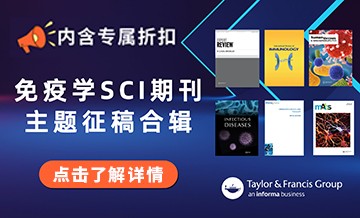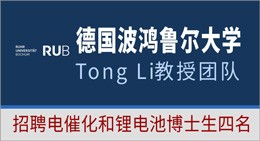Journal of Power Sources ( IF 8.1 ) Pub Date : 2015-08-29 , DOI: 10.1016/j.jpowsour.2015.08.060
Julian Self , David S. Hall , Lénaïc Madec , J.R. Dahn
Density functional theory (DFT) is used in conjunction with experimental results to propose decomposition pathways that describe the role and ultimate fate of the PES additive in Li-ion batteries. Oxidation of PES produces carbonyl sulfide gas and ethene at the positive electrode, both experimentally observed byproducts. However, the calculated standard potential for simple PES oxidation, ∼ 6.7 V vs. Li/Li+, is quite high, suggesting this pathway is unlikely. A “reactive electrode model” is presented, in which the positive electrode material is a reagent in the pseudo-combustion of PES (and other solvents). This spontaneous process produces carbonyl sulfide, carbon dioxide, and a rock salt surface layer, all of which are experimentally observed. At the negative electrode, the reduction of PES occurs via two one-electron steps, where = 0.9 V and = 4.3 V. The reduced species, Li2PES, can react with hydrogen and methyl radicals to produce propene, methylpropene, propane and lithium sulfite. Nucleophilic Li2PES can also react with electrophilic PES, ethylene carbonate, or ethyl methyl carbonate. Eighteen possible organic sulphate ‘building blocks’ for the solid-electrolyte interphase (SEI) are presented. X-ray photoelectron spectroscopy (XPS) measurements demonstrate that PES reduction indeed results in both lithium sulfite and organic sulphate SEI components.
中文翻译:

丙-1-烯-1,3-磺酸内酯作为添加剂在锂离子电池中的作用
密度泛函理论(DFT)与实验结果结合使用,提出了描述PES添加剂在锂离子电池中的作用和最终命运的分解途径。PES的氧化会在正极产生羰基硫化物气体和乙烯,这都是实验观察到的副产物。但是,计算得出的简单PES氧化的标准电势, 相对于Li / Li +的6.7 V相对较高,表明这种途径不太可能。提出了“反应电极模型”,其中,正极材料是PES(和其他溶剂)假燃烧中的试剂。该自发过程产生了羰基硫,二氧化碳和岩盐表面层,所有这些均通过实验观察到。在负极,PES的还原通过两个单电子步骤进行,其中 = 0.9 V且 = 4.3V。还原的物质Li 2 PES可与氢和甲基自由基反应生成丙烯,甲基丙烯,丙烷和亚硫酸锂。亲核性Li 2 PES也可以与亲电性PES,碳酸亚乙酯或碳酸乙基甲酯反应。提出了十八种可能用于固体电解质相间(SEI)的有机硫酸盐“结构单元”。X射线光电子能谱(XPS)测量表明,PES还原确实导致亚硫酸锂和有机硫酸盐SEI组分。







































 京公网安备 11010802027423号
京公网安备 11010802027423号